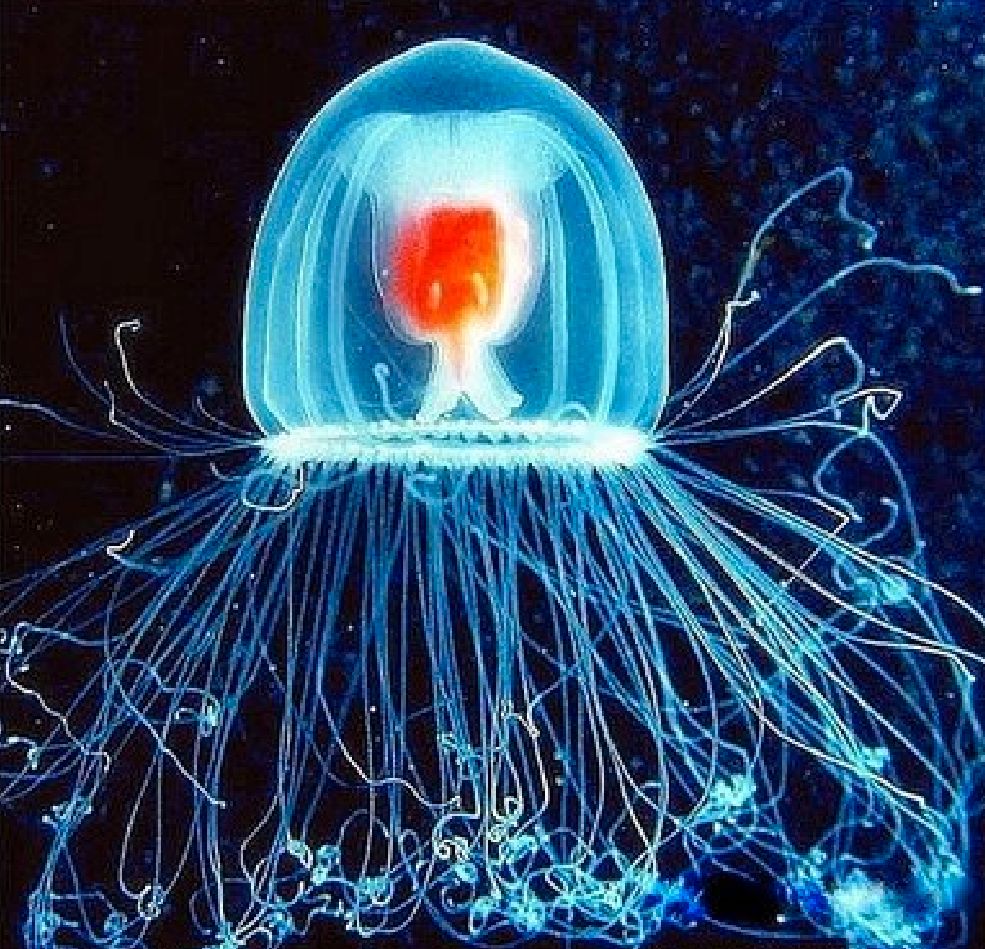In 2011, researchers from the Mayo Clinic, another US-based medical research group, published research that was hailed by the journal Science as a top 10 breakthrough of the year. As cells age they stop dividing normally and become senescent, secreting damaging proteins that can impair healthy cells around them. The team’s work with mice has shown that removing senescent cells slows down the ageing process and may lead to a revolution in the treatment of age-related disease.
Last September, Larry Page, chief executive of
Google, announced the formation of
Calico, a start-up focused on reversing ageing. It is headed up by Arthur Levinson, formerly chief executive of Genentech, the biotechnology company. While
Levinson and his team of ex-Genentech colleagues are not gerontologists, according to de Grey, he welcomes Google’s entry into the field. “The only thing missing from our approach is serious money,” he says. “One thing Calico has is serious money.”












